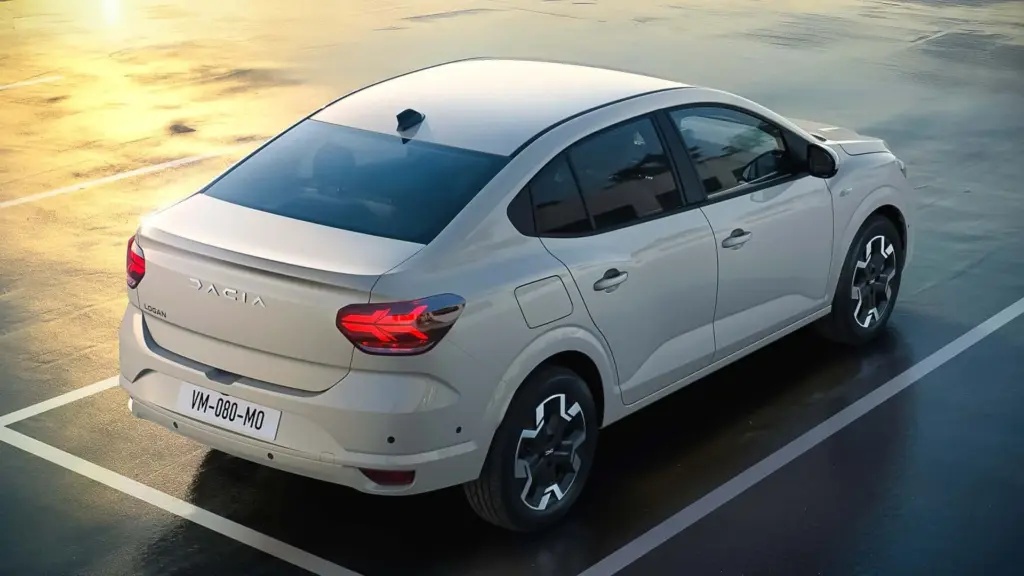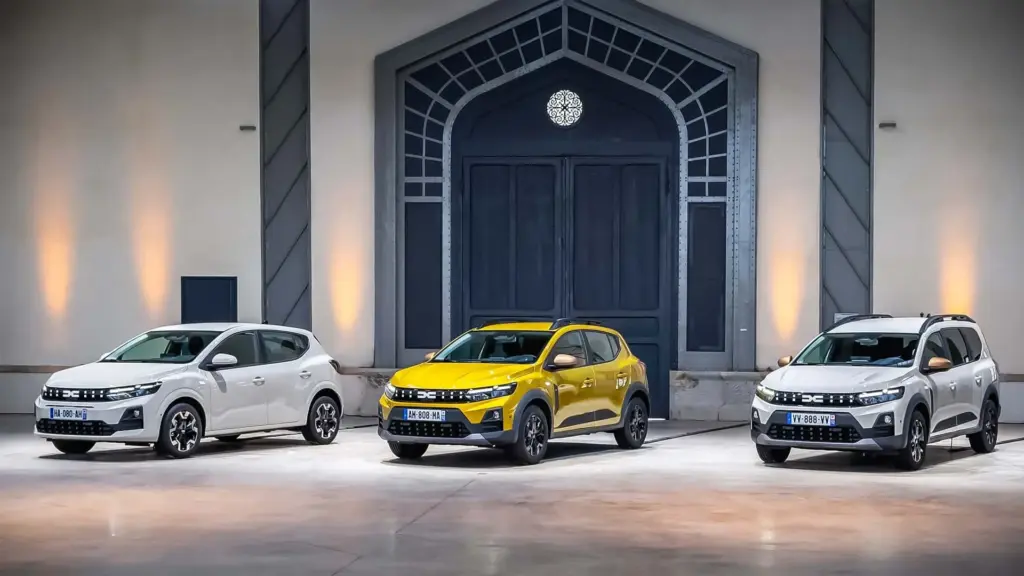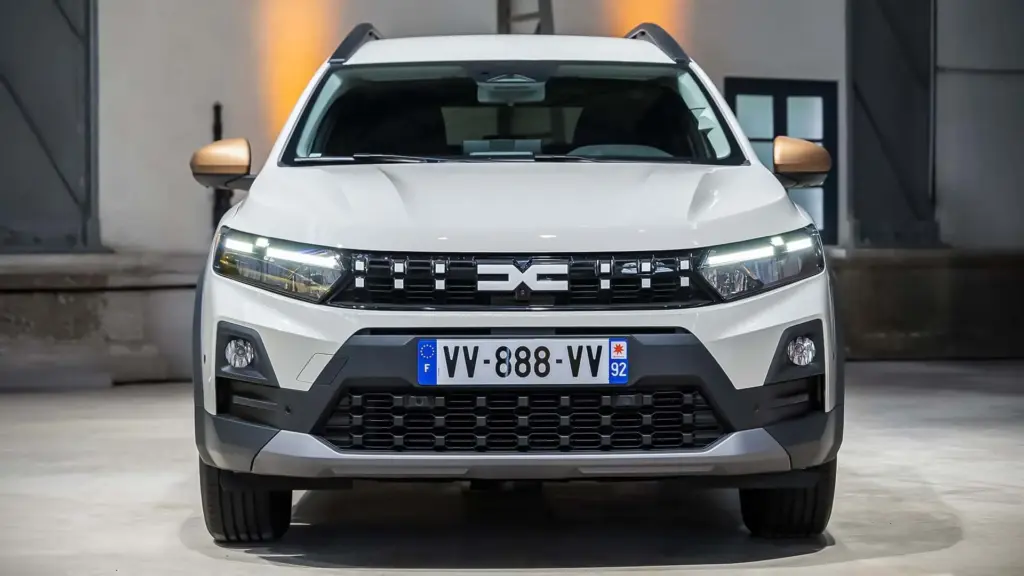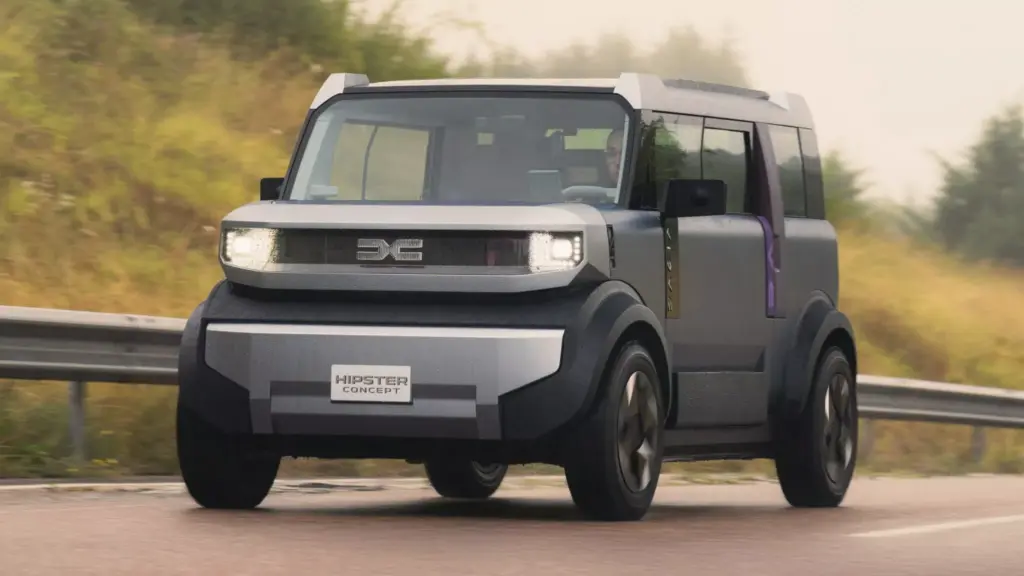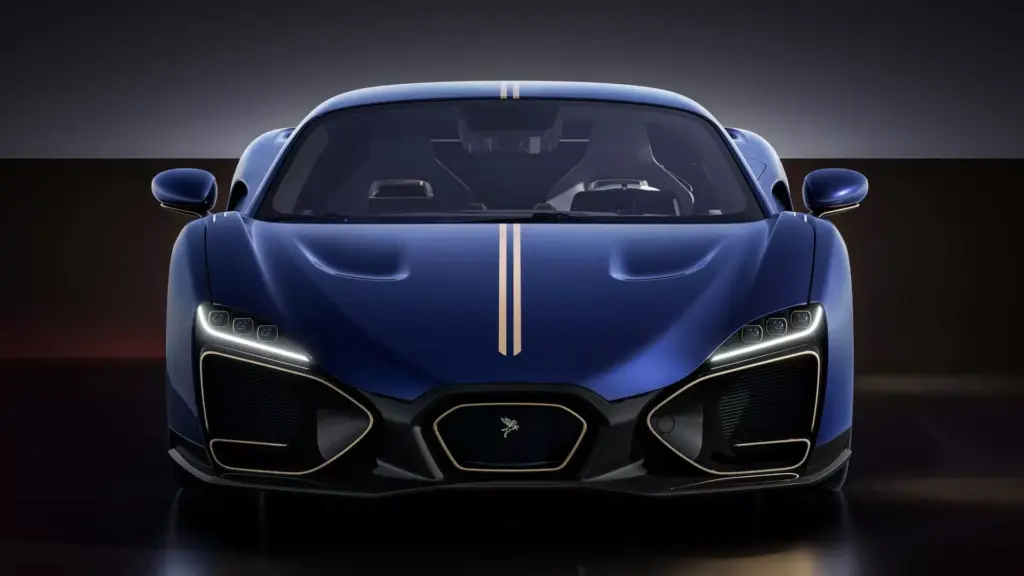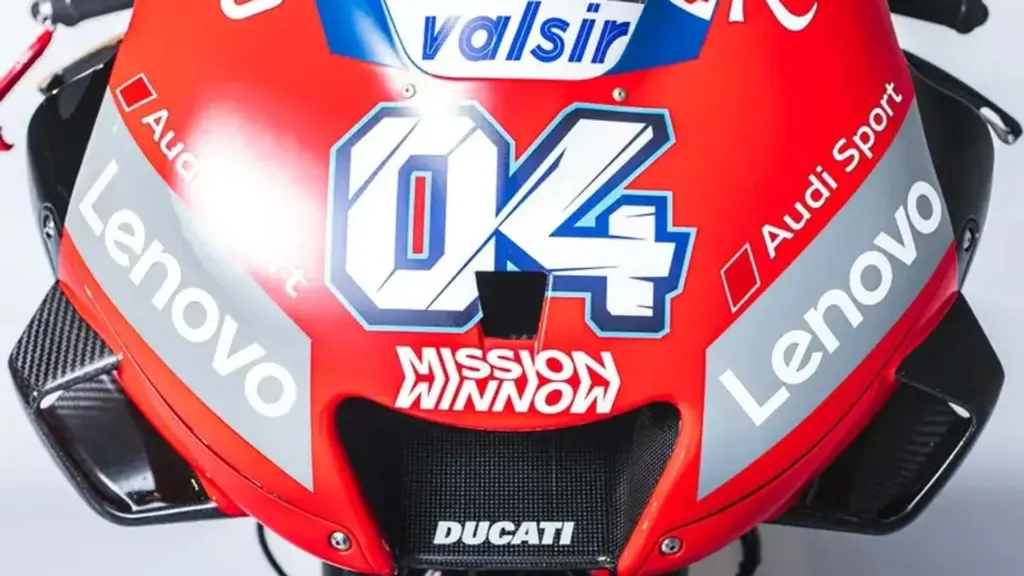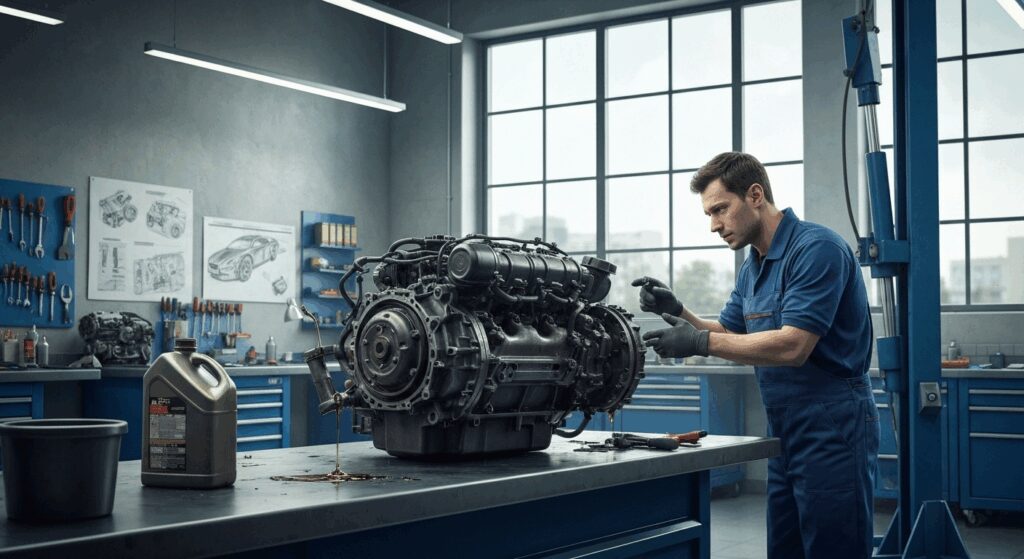The automotive world witnesses the unveiling of the BYD Han L sedan and Tang L SUV, marking a significant leap in electric vehicle technology. Launched officially in January 2025, these models signify BYD’s commitment to design, performance and innovation. The Han L and Tang L are not merely updates; they represent a strategic move by BYD to strengthen its presence in the premium electric vehicle market, showcasing cutting-edge powertrains and advanced features. Their arrival is poised to redefine expectations within the EV segment.
Both models incorporate electric (EV) and plug-in hybrid (PHEV) options, presenting consumers with diverse choices. The electric variant of the Han L, for example, boasts a rear motor generating 580 kW plus an additional front motor of 230 kW, resulting in supercar-like acceleration. Generous dimensions and an emphasis on interior space underscore their luxury positioning. These models are the spearhead of BYD’s ambitious plan to compete with top brands in the premium EV market, demonstrating a high level of technical ability and market awareness.
BYD Han L and Tang L Design: Aesthetics and Aerodynamics
The Han L sedan exhibits an exterior design that is an evolution of the standard Han, incorporating subtle yet significant upgrades. Elongated headlights connected by a chrome bar and a LiDAR sensor on the roof exemplify the technological advancements embedded in this model. Recessed door handles and a sloping roofline add to its aerodynamic profile, complemented by a singular rear light bar. The design focuses on a blend of elegance and functionality.
The Tang L SUV distinguishes itself through thin LED daytime running lights and headlights integrated into the front bumper. An active air intake and a LiDAR sensor on the roof emphasize its advanced tech features, whilst a slightly sloping roof and a sporty rear spoiler add dynamic styling elements. Both the Han L and Tang L exhibit a design philosophy centered around modern aesthetics and advanced technology.
Dimensions: Size and Space Details of BYD Han L & Tang L
The BYD Han L measures 5050/1960/1505 mm in length, width, and height respectively, with a wheelbase of 2970 mm, making it slightly larger than the regular Han model. This increase in size results in enhanced cabin space, contributing to a more comfortable interior and an imposing road presence. The vehicle is equipped with 245/45 R19 tires.
The Tang L SUV has dimensions of 5040/1996/1760 mm, with a wheelbase of 2950 mm. Slightly larger than its regular counterpart, the Tang L emphasizes interior comfort and ample space. These dimensions indicate a focus on creating a vehicle that combines comfort with advanced engineering, a crucial aspect of its premium positioning within the EV market.
Powertrain Options: Electric and Hybrid Specifications
Both models present electric (EV) and plug-in hybrid (PHEV) powertrain options. The EV variant of the Han L features a rear-wheel-drive (RWD) motor capable of 500 kW (670 hp) and up to 30,000 RPM. The all-wheel-drive (4WD) version is equipped with a 580 kW (777 hp) rear motor and a 230 kW (308 hp) front motor, offering superior performance. The PHEV versions are available in DM-i (with a 115 kW 1.5-liter engine and 200 kW electric motor) and DM-p (with an additional 200 kW electric motor) configurations.
The Tang L mirrors the Han L’s approach to powertrains. The dual-motor EV version delivers a maximum power of up to 580 kW. The PHEV options are identical to the Han L’s, giving customers the choice between hybrid efficiency and all-electric power. This approach provides options for a range of driving preferences and requirements.
Performance Metrics: Acceleration of BYD Han L and Tang L
The 4WD version of the BYD Han L accelerates from 0 to 100 km/h in just 2.7 seconds, a figure that places it amongst high-performance vehicles. The Tang L, whilst being an SUV, achieves a respectable 0 to 100 km/h time of 3.9 seconds. These acceleration figures demonstrate the advanced powertrain capabilities.
The peak power of 580 kW from a single motor shows BYD’s progress in motor technology. A few years ago, motors with peak power of 300 kW were considered cutting-edge, highlighting the rapid pace of development within the electric vehicle sector. This performance is a clear indicator of BYD’s ability to match and surpass many established premium brands in the market, further strengthening their position within the automotive sector.
Galeria de Fotos do BYD Han L & Tang L
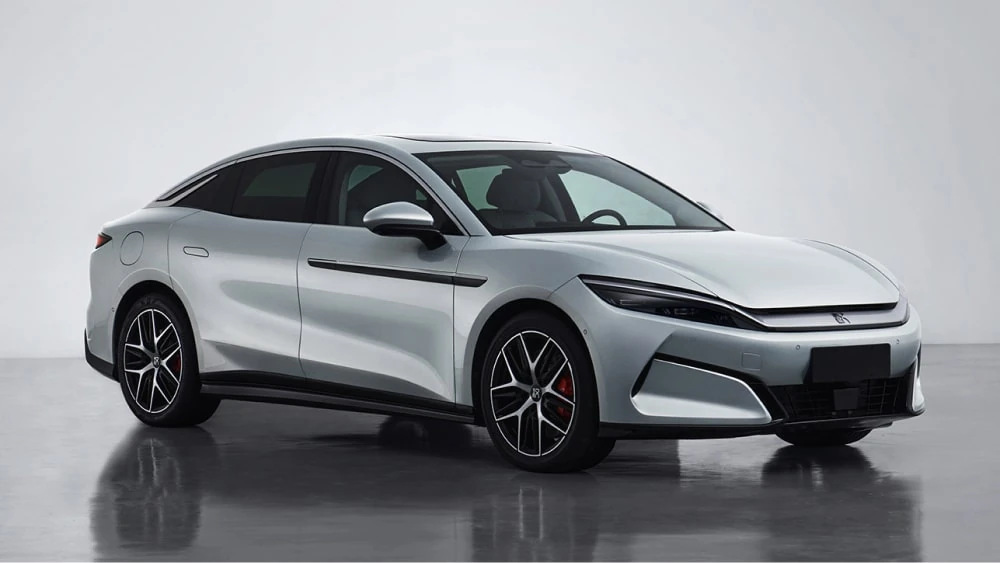
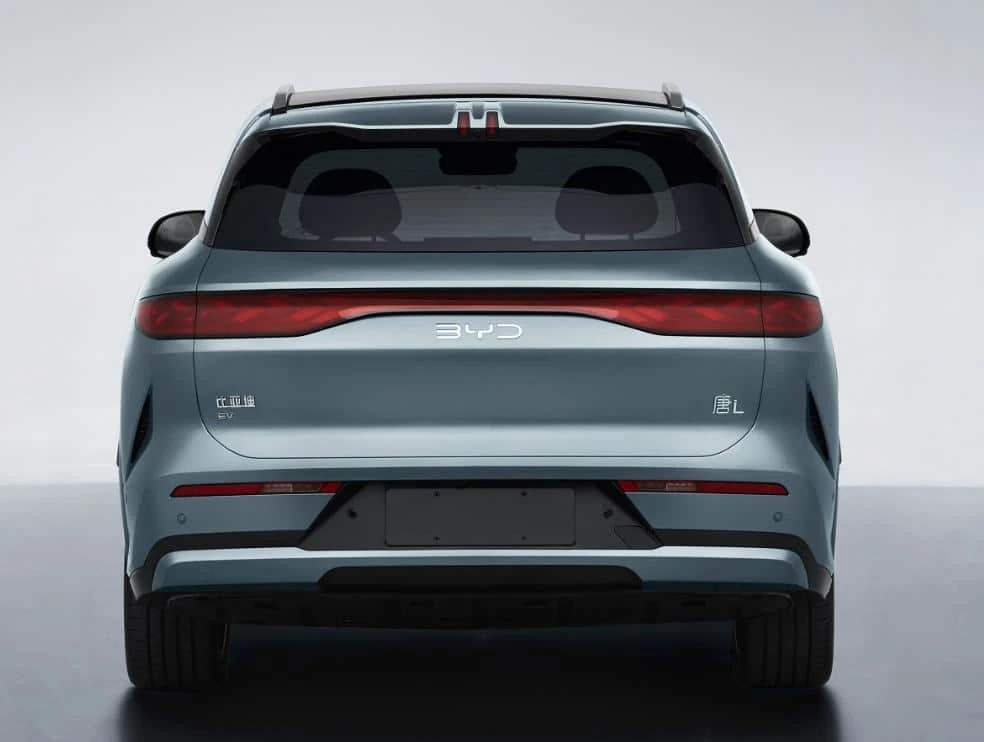
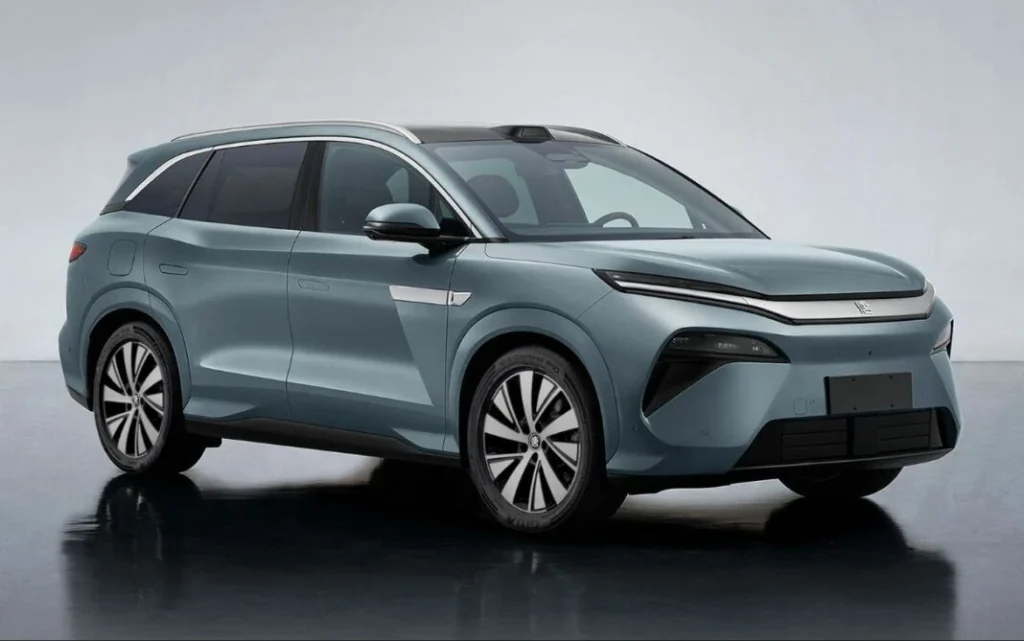
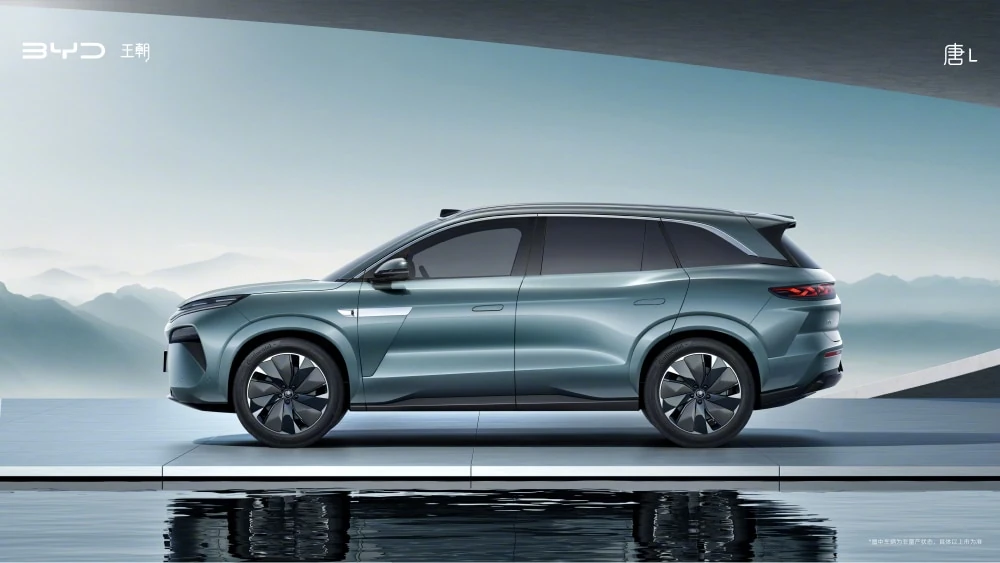
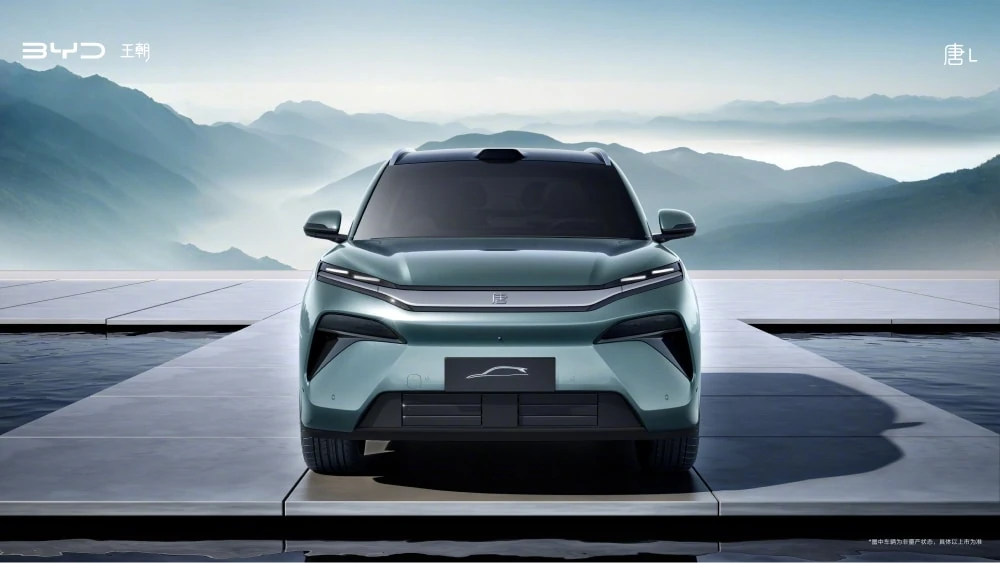
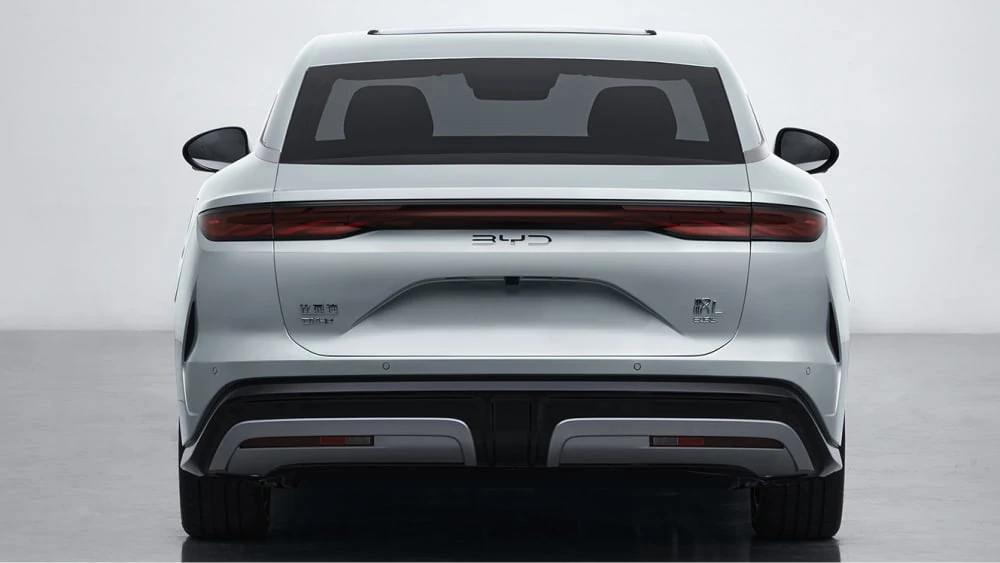
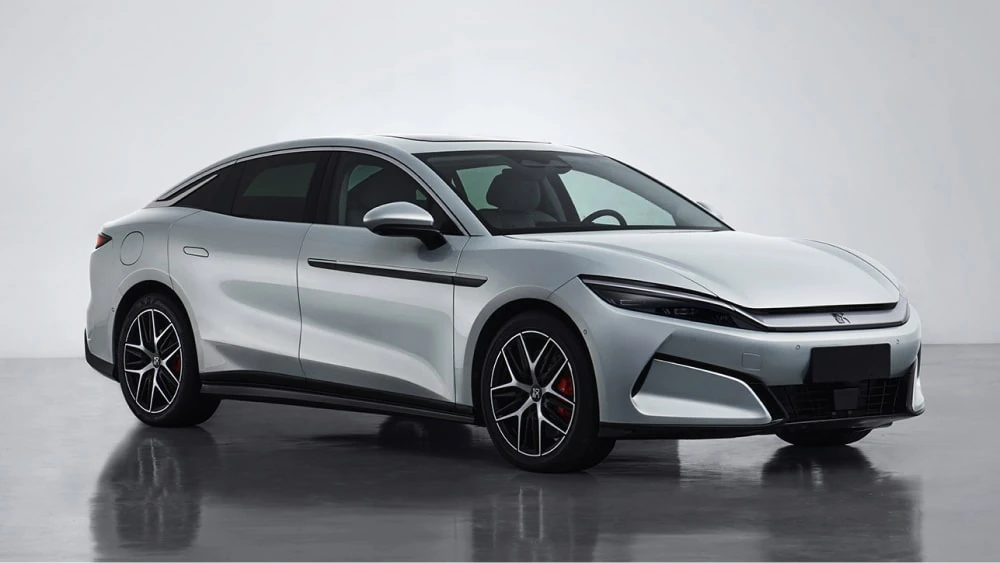
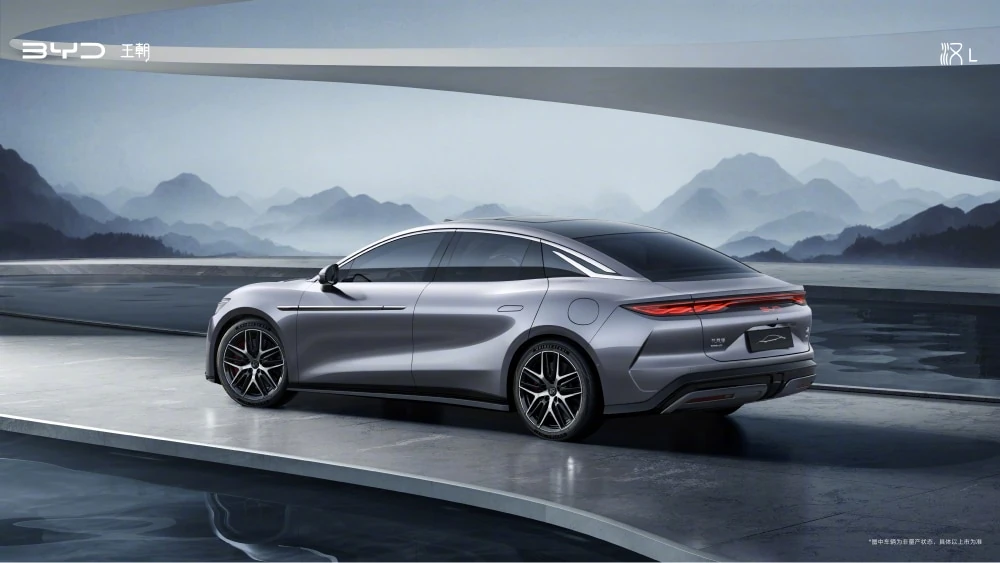
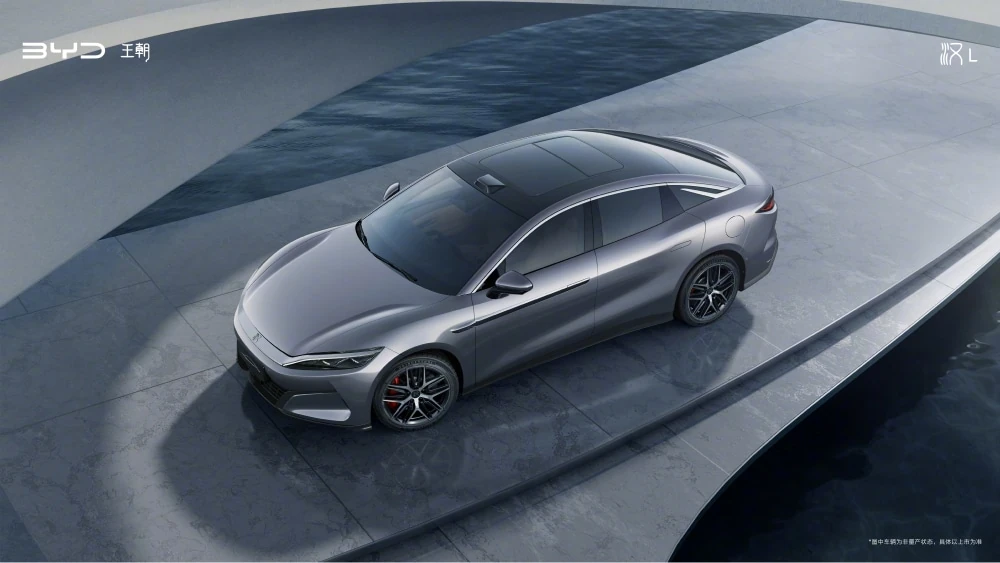
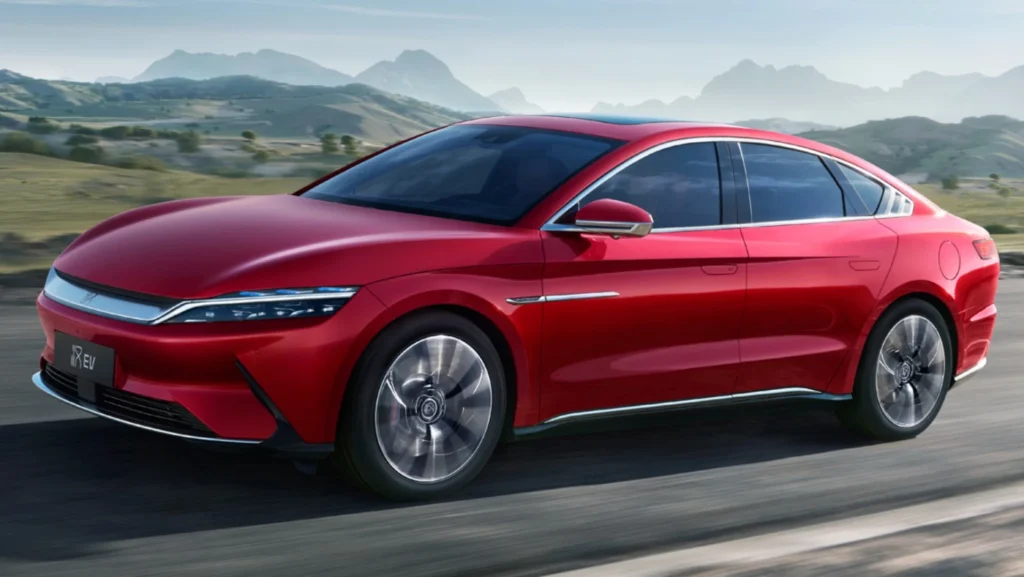
Author: Fabio Isidoro
Founder and editor-in-chief of Canal Carro, he dedicates himself to exploring the automotive universe with depth and passion. A car and technology enthusiast, he produces technical content and in-depth analyses of national and international vehicles, combining quality information with a critical eye for the public.

